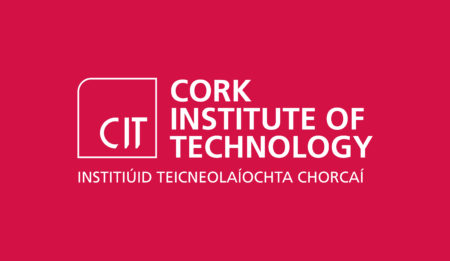5 November 2020
By Elaine Murphy
elaine@TheCork.ie
A combined effort from its Space 4.0 researchers in CIT Blackrock Castle Observatory (CIT BCO) and photonics researchers in its Centre for Advanced Photonics & Process Analysis (CAPPA) has resulted in CIT being recognised by Science Foundation Ireland (SFI) for producing the research image of the year.
The original research work was funded by SFI and entitled “MASK – Making Aerosol Safety Known”, and work on this project is ongoing. Led by Dr Niall Smith, it uses a technique developed at CIT BCO for astronomy purposes to measure the brightness of micro-droplets emitted through masks. During the relevant research activity, CIT researchers noticed that images of the exhalation could be quite powerful and impactful. As a consequence, they recorded a series of individual images which they amalgamated into a single image to demonstrate the effectiveness of mask-wearing to all during the COVID-19 pandemic.
Dr Niall Smith, Head of Research in CIT, said, “It’s a lovely example of multidisciplinary research and the value of using fundamental knowledge in a highly applied setting. I’m absolutely thrilled at the result. Credit to Dr Steven Darby (CAPPA Research Centre), Dr Krishnakumar Chullipalliyalil (CAPPA Research Centre) and Danielle Wilcox (CIT Blackrock Castle Observatory) for working together to achieve this outcome. Thanks to Dr Liam Lewis for conceiving the title of the image, ‘Talking Heads’. The project is truly multidisciplinary, involving astrophysicists, physicists, optical engineers, designers and biological scientists. It has an aggressive timeline, which should quickly add to the current body of knowledge regarding mask efficacy.”
Michael Loftus, Vice President for External Affairs in CIT, said, “We are immensely proud of this recognition achieved by the CIT research community. As CIT moves forward with IT Tralee to develop the Munster Technological University (MTU), our work in research and innovation will increasingly capture the attention of our stakeholders as it addresses challenges at fundamental and applied levels. This will create major opportunities for our students and graduates, as well as for our industry, HEI and community collaborators, for many years to come. The value of science is increasingly important at a time when its value is being challenged from many quarters. MTU will continuously value, and communicate the value, of science to all with whom we engage.”


